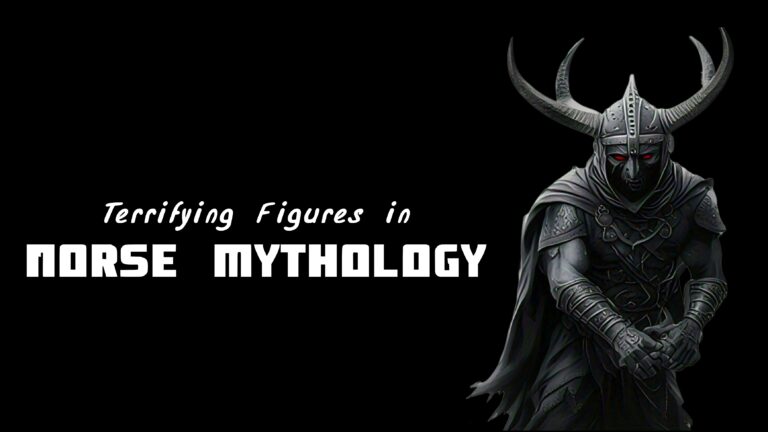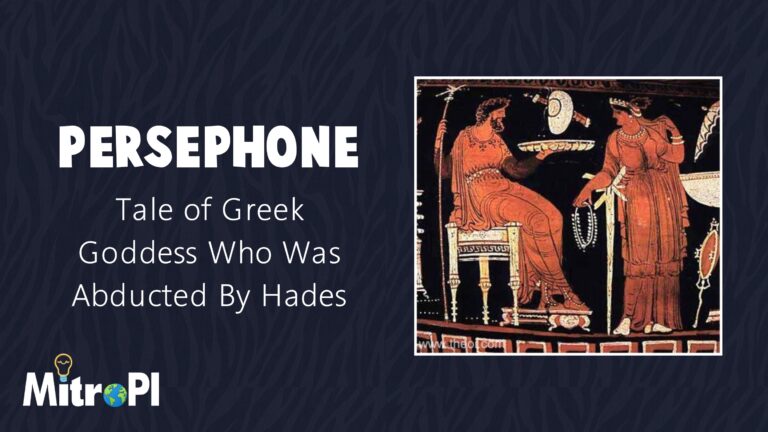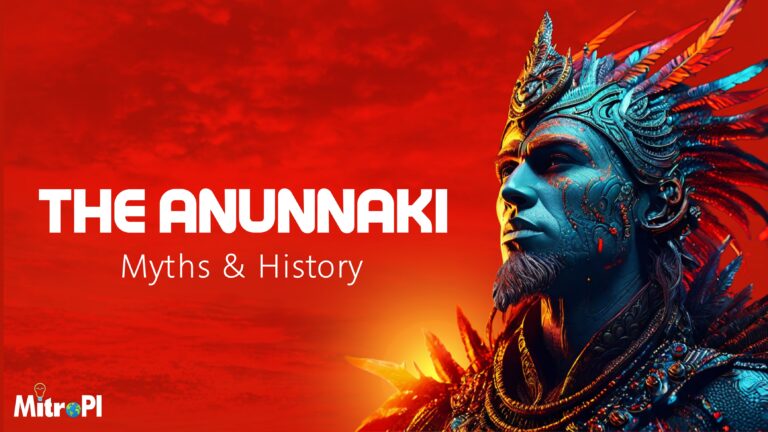Ancient Egyptian cosmology is rich with myth, focusing on the creation and order of the universe. Egyptians believed in a balance between the forces of chaos and order, a concept they termed Ma’at. This balance was integral not only to their lives but also to their beliefs about the afterlife.The afterlife was crucial in Egyptian culture, regarded as a continuation of life after death. It was believed that one’s fate after death depended on how they lived their life, which made funerary practices essential.Ancient Egyptians viewed deities as guides for souls transitioning to the afterlife. Gods like Anubis were pivotal in this process, overseeing the journey of the deceased and ensuring they reached a place of eternal peace.
Anubis stands out as one of the most significant deities in the Egyptian pantheon. As the god of mummification and the afterlife, his influence permeated many aspects of Egyptian religion. Over centuries, the worship of Anubis evolved, initially being associated with the funerary practices of the elite before eventually being embraced by the broader public. His significance grew during periods where mummification became increasingly important culturally. Anubis was often linked with other gods, particularly Osiris, the god of the afterlife. This connection emphasized his role as a protector and judge, providing a seamless blend of roles that reinforced his importance in the afterlife journey.
This article aims to explore Anubis’ multifaceted role in ancient Egyptian mythology, shedding light on why he continues to capture modern imaginations. By delving into history, iconography, funerary practices, myths, and his legacy in modern culture, we intend to present a comprehensive image of Anubis. The discussion will unfold in several sections, covering his depictions, role in funerary practices, myths surrounding him, and his lasting influence today.
Iconography and Depictions of Anubis
Anubis is typically represented as a jackal or a man with a jackal head, symbolizing his role as a protector of the dead. The jackal was associated with cemeteries, thus making it a fitting symbol for him. Artists often used black to depict Anubis, symbolizing the fertile soil of the Nile and the idea of regeneration and rebirth. Gold and other materials often highlighted his divine status. Numerous artifacts, such as amulets and statues, bear his likeness. These pieces not only served decorative purposes but also as protective symbols for the deceased.

Anubis frequently appeared in funerary art, guiding souls in the afterlife. His depictions in tomb reliefs aimed to invoke his protective power for the deceased. In tomb paintings, Anubis is often shown supervising mummification or the weighing of the heart. These scenes emphasize his vital role in ensuring a safe passage to the afterlife. Temples built in Anubis’ honor, like the one in Cynopolis, served as sacred spaces where followers could worship and seek his guidance in funerary practices.
Anubis’ image and stories influenced art in Greco-Roman cultures, where he was sometimes syncretized with other deities like Hermes. His character appears in various forms of modern media, from books to films, often portrayed as a mysterious figure guiding souls or protecting them. Modern artists continue to draw inspiration from Anubis, using his symbols in an array of contemporary works that address themes of death and the afterlife.
The Role of Anubis in Funerary Practices
Anubis was believed to oversee the mummification process, ensuring that the body was preserved for the soul’s journey into the afterlife. One of Anubis’ primary roles was to conduct the “Weighing of the Heart” ceremony, where the deceased’s heart was balanced against the feather of Ma’at to determine their fate. Anubis played a crucial part in deciding whether souls would enter the afterlife or face eternal punishment, making him a critical figure in Egyptian beliefs about morality and justice.
“The “Book of the Dead” is filled with spells and instructions aimed at supporting the deceased in the afterlife. Many of these texts invoke Anubis for protection and guidance. Numerous prayers directly addressed Anubis, asking for his role in guiding and protecting the departed. As dynasties changed, so did the focus and language of funerary texts. However, Anubis consistently remained an important figure within these writings.
Burial objects often included representations of Anubis, believed to impart his protective qualities to the deceased. Priests were vital in rituals dedicated to Anubis, performing ceremonies ensuring that the soul was properly guided through the afterlife. As beliefs evolved over centuries, so did burial practices, with varying degrees of emphasis on Anubis in different historical contexts.
Myths and Legends Involving Anubis
In many accounts, Anubis is considered the son of Osiris and Isis, linking him deeply to the themes of death and resurrection. Various myths present alternate views of Anubis’ parentage, reflecting the complex fabric of Egyptian mythology and its evolving narratives. These stories underline the significance of Anubis in maintaining the balance between life and death, demonstrating how ancient Egyptians conceptualized afterlife roles.
Anubis appears in numerous ancient texts, often associated with themes of protection and judgment. His character is depicted with reverence in poems, often serving as a symbol of hope for the souls seeking safe passage. The tales highlight the importance of living a just life, imbuing the narrative with moral lessons that resonate through time.
Comparisons with figures like Charon in Greek mythology reveal common themes of guiding souls to the afterlife, though cultural interpretations varied. While there are parallels, Egyptian mythology’s focus on physical mummification and an organized afterlife set it apart from others. Contact with neighboring cultures enriched the narratives around Anubis and other deities, leading to a fascinating blend of beliefs.
Anubis’ Legacy in Modern Culture
Anubis continues to resonate in modern spiritual practices, symbolizing guidance and protection in many belief systems. Elements of Anubis’ character can be found in neo-pagan and spiritual practices, reflecting a connection to ancient wisdom. Some modern memorial practices draw inspiration from ancient rites centered around Anubis, showcasing the enduring impact of these beliefs.
Anubis has appeared in various forms of media, often depicted as a mysterious, powerful figure in stories dealing with the afterlife. His character has inspired numerous authors and storytellers, embedding his figure within narratives that explore death and rebirth. The imagery of Anubis is also commonly found in merchandise, reflecting both fascination and a longing for connection to ancient cultures.
Egyptologists continue to study Anubis, uncovering layers of meaning in ancient texts and artifacts. Discoveries related to Anubis provide insights into ancient beliefs and practices, contributing to our understanding of human history. As interest in Egyptian mythology grows, museums and educational programs are highlighting Anubis, fostering greater public appreciation of this complex culture.

Conclusion
Anubis embodies the balance of life and death, serving as protector, guide, and symbol of hope. His role in funerary practices underscores the deep respect ancient Egyptians had for the afterlife. Anubis continues to capture hearts and minds, symbolizing the universal human quest for understanding death and what lies beyond. Myths like those surrounding Anubis provide insight into human nature and cultural values, serving as a mirror to ancient societies.
Continued exploration of Anubis in relation to other deities and cultures may yield deeper insights into ancient beliefs. As spiritual practices evolve, Anubis may regain prominence in modern belief systems, offering guidance to those seeking connection with ancient wisdom. By studying and sharing stories about deities like Anubis, we keep the spirit of ancient cultures alive, ensuring their lessons and tales continue to inspire.
Frequently Asked Questions (FAQs)
Who is Anubis in Egyptian mythology?
Anubis is the ancient Egyptian god associated with mummification and the afterlife, depicted as a jackal or a man with a jackal head.
What were Anubis’ primary roles and responsibilities?
Anubis was responsible for guiding and protecting souls, overseeing mummification, and conducting the “Weighing of the Heart” ceremony.
How did Anubis influence ancient funerary practices?
Anubis played a crucial role in funerary rites, offering guidance and protection to the deceased, and was often invoked in various prayers and texts aimed at ensuring a successful transition to the afterlife.
What is the significance of Anubis in today’s culture?
Anubis continues to inspire modern spiritual practices and appears in films and media, reflecting our ongoing fascination with ancient mythology and the afterlife.
Are there any specific myths about Anubis that stand out?
Anubis is prominently featured in many myths, particularly his connections to Osiris and the “Weighing of the Heart” ceremony, illustrating themes of judgment, protection, and rebirth.




